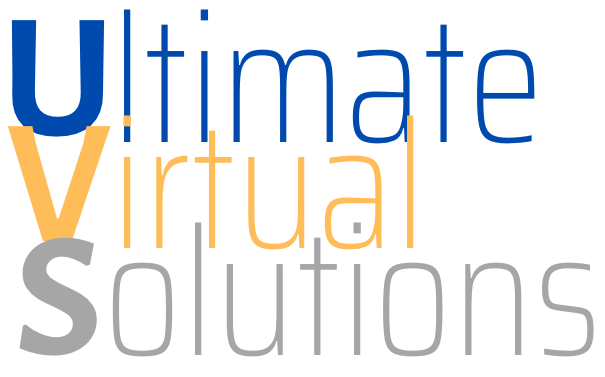Really Simple Syndication (RSS) is a way that websites, bloggers, other media organizations and individuals can send out small or large chunks of information via "feeds" that show up in an RSS reader (there are lots of free ones out there), on a Google or Yahoo home page or in some email programs.
More importantly, RSS enables users to subscribe to data feeds easily, which lets them control the rate and amount of information coming to them online.
From Wikipedia: "RSS is a family of Web feed formats used to publish frequently updated works such as blog entries, news headlines, audio, and video in a standardized format.[2] An RSS document (which is called a 'feed', 'web feed', or 'channel') includes full or summarized text plus metadata such as publishing dates and authorship. Web feeds benefit publishers by letting them syndicate content quickly and automatically. They benefit readers who want to subscribe to timely updates from favored websites or to aggregate feeds from many sites into one place. RSS feeds can be read using software called an 'RSS reader', 'feed reader', or an 'aggregator', which can be web-based or desktop-based. A standardized XML file format allows the information to be published once and viewed by many different programs. The user subscribes to a feed by entering the feed's link into the reader or by clicking an RSS icon in a browser that initiates the subscription process. The RSS reader checks the user's subscribed feeds regularly for new work, downloads any updates that it finds, and provides a user interface to monitor and read the feeds."
Discover more from Ultimate Virtual Solutions
Subscribe to get the latest posts sent to your email.

